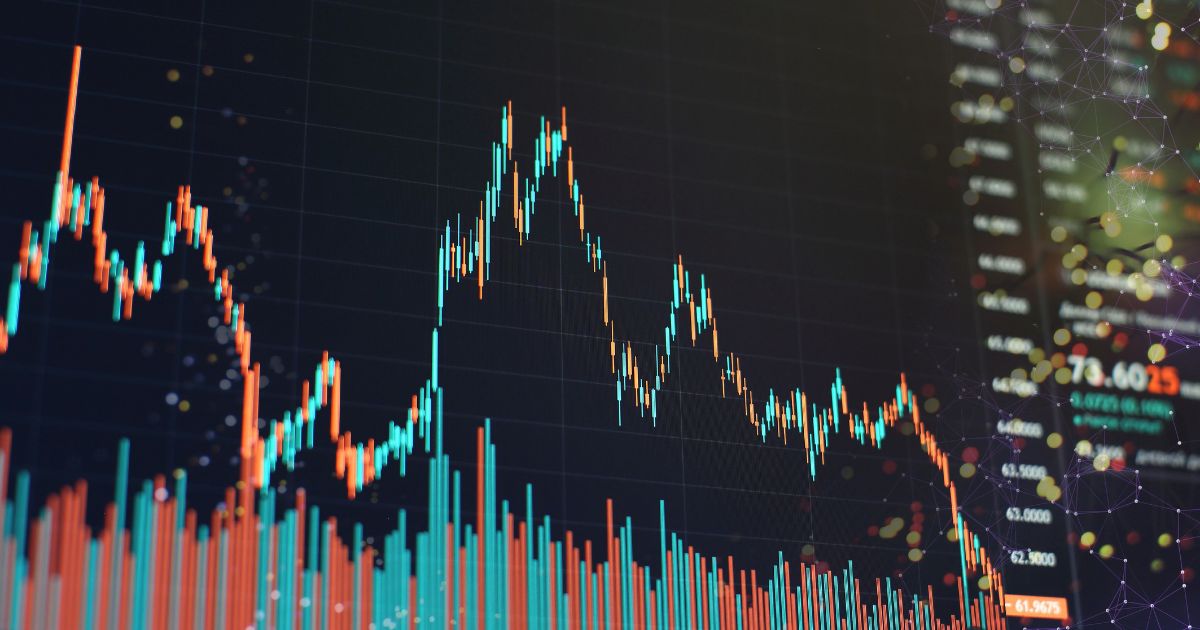In stock market trading, the term volume or trading volume refers to the number of shares that have been traded in a particular period of time. It is noteworthy that trading volume can only be measured by stocks over a particular time period. Let’s dive into an example to understand it better.
For instance, imagine that you have purchased 100 stocks of a company and sold all of them on the day end. This means your trading volume on this particular day is 200, despite of the same 100 stocks have been traded.
Typically, stock exchanges across the world publish the trading volumes for every trading session. Besides publishing the total volume of stocks that have been traded, volumes can also be reported for the indices. All stock exchanges track the trading volume and publish data on their websites.
Additionally, you may find the data on third-party websites. Many platforms use candlestick charts to show the trading volume for a particular day or session.
What Does Trading Volume Indicate?
Stock market traders and enthusiasts often consider trading volume to understand various factors related to the trading market. Here is a quick guide on the things that the trading volume indicates.
- The stock volume indicates the actions that have been taken on a particular stock at a particular time or session. Traders can understand the number of times a stock has been bought or sold by analyzing the volume of a stock.
- A high volume indicates the number of times a shared has changed hands. In other words, traders have bought and sold such stocks frequently. High-volume stocks are suitable for those who are typically involved in short-term trading.
- A high stock volume also indicates a high interest in buying or selling such stocks. This could represent both negative and positive aspects of a stock. For example, negative sentiment around a stock may lead to a high volume since people buy and sell such stocks frequently.
Why Is Stock Volume Important?
Trading volume is crucial since it represents the investors’ interest in the stocks. Analyzing a stock volume can help people judge both negative and positive sentiments around a stock. For example, a high volume due to a heavy purchase reflects that the stock price is likely to grow in the future. On the other hand, a high-selling indicates that the traders are selling the stock upon realizing that the value may fall soon.
Many factors are responsible for determining a stock’s price. Analyzing the volume helps us confirm a particular trend. The trend is nothing but the trader’s sentiment related to a particular stock. The sentiment helps you understand whether you should buy or sell the stocks in hand.
However, a high volume due to mass stock selling is not always bad. Many traders like taking risks in such scenarios and purchase the stocks at low prices with the hope that the stocks will rebound in the future and yield a high return on investment.
Bottom Line
Hope the article has provided you with a comprehensive guide on the stock volume. Investors should keep an eye on multiple market indices and adopt various strategies before investing. Among different investment strategies or techniques, analyzing trading volume is a prominent strategy. One must research stock volume during a particular period to assess investment stability. The trading volume also helps you understand whether you invest in long or short-term in a particular stock.



